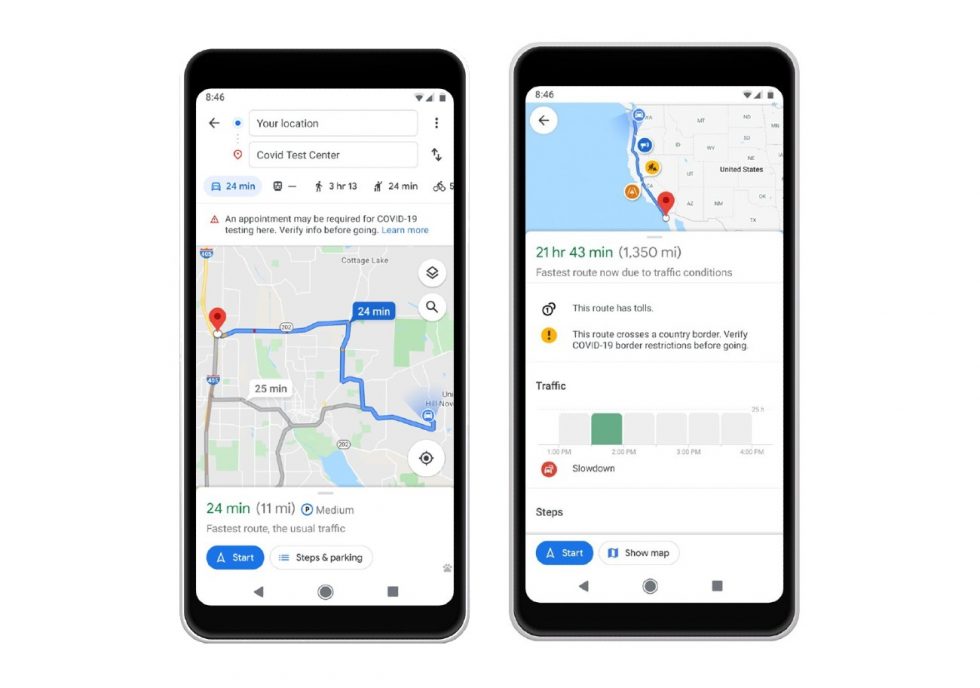Google Maps has been displaying predicted information regarding whether a location is busy for select businesses and public areas for some time now, but with COVID-19, Google is going to be stepping up its ability to deliver information on crowded areas and public transit options in a real-time sense.
Starting this week, Google will be accepting real-time user feedback for how crowded public transit is.
We’re now making it simpler for people to contribute crowdedness information for their transit lines. Look up Directions, tap through to see the Transit Details, then scroll down to find crowdedness predictions (where available) and easily contribute your own experiences.
Google’s thought behind this is that essential workers, or anyone else in need, can see if they should take the risk of boarding a busy train or bus. One can never be too careful, so the addition on real-time data and not just a prediction can be clutch.
Furthermore, things like transit stations, which also used to rely on predictions, are now tapping directly into real-time user location data. Maintaining privacy is crucial here, but once a certain threshold is reached that allows the data to be properly anonymized, Google Maps can and will display real-time data for how busy a location is.
Starting today, you can easily see the times when a transit station is historically more or less busy to plan your trip accordingly or you can look at live data showing how busy it is right now compared to its usual level of activity. Simply search for a station in Google Maps or tap on the station on the map to see the departure board and busyness data, where available.
Google Maps will also incorporate COVID-19 checkpoint notifications for users when navigating to an area that has them, such as the borders between Canada, Mexico, and the US.
Again, Maps has been able to display predicted busyness levels for some time now, but with things the way they are, Google is looking to take more advantage of all of the location data they have at their apparent disposal.

Collapse Show Comments3 Comments